WATERING
Overwatering is the most common way to kill your orchid. To avoid giving your plant too much water, always lift the pot first to check if it feels heavy – water only when it feels light and the soil feels dry. If the soil is heavy and moist – do not water. If your moth orchid is in a transparent pot, look at the roots. Don’t water if these are green – wait until they look silvery. Feed with orchid fertiliser from spring until autumn.
Light
Stand orchids where they’ll receive bright but indirect light. Too much light can scorch the leaves, causing damage that will last many years. If your orchid gets scorched, don’t detach the damaged leaves unless the plant has several additional healthy leaves.
Humidity
Most indoor orchids come from humid, tropical regions, so these plants appreciate a humid atmopshere. In most centrally heated homes the air is dry, so mist the foliage every two to three days using tepid water, but avoid spraying the flower, as the petals can get marked by water. Alternatively, stand the pot on a tray of damp gravel.
Flowering
With moth orchids, once all the flowers have fallen, cut off the stem just above a viable joint (node). This may stimulate the production of another flower stem, which you should clip to a support. If no shoot appears and orginial stem turns straw-coloured, then remove it at the base. Most other orchids won’t flower twice on the same stem, so cut off spent stems immediately.
Potting
Unlike most other pot plants, orchids don’t need regular re-potting and often thrive when root-bound. However, after a couple of years it’s worth taking them out of their pots and removing as much of the compost as possible. Replant in a new pot with fresh orchid compost to ensure the plant continues to thrive in your home.
Pest
The most common orchid pests are scale insects and mealy bugs. Signs of infestation include stickiness on the leaves or nearby surfaces, or black sooty mould. Scale insects can be found on the leaf surfaces (above and below) and flower stalks, while mealy bugs prefer new leaves. It’s easy to remove pests by hand, using a soapy sponge to clean the leaves. Alternatively, spray with an insecticide.













